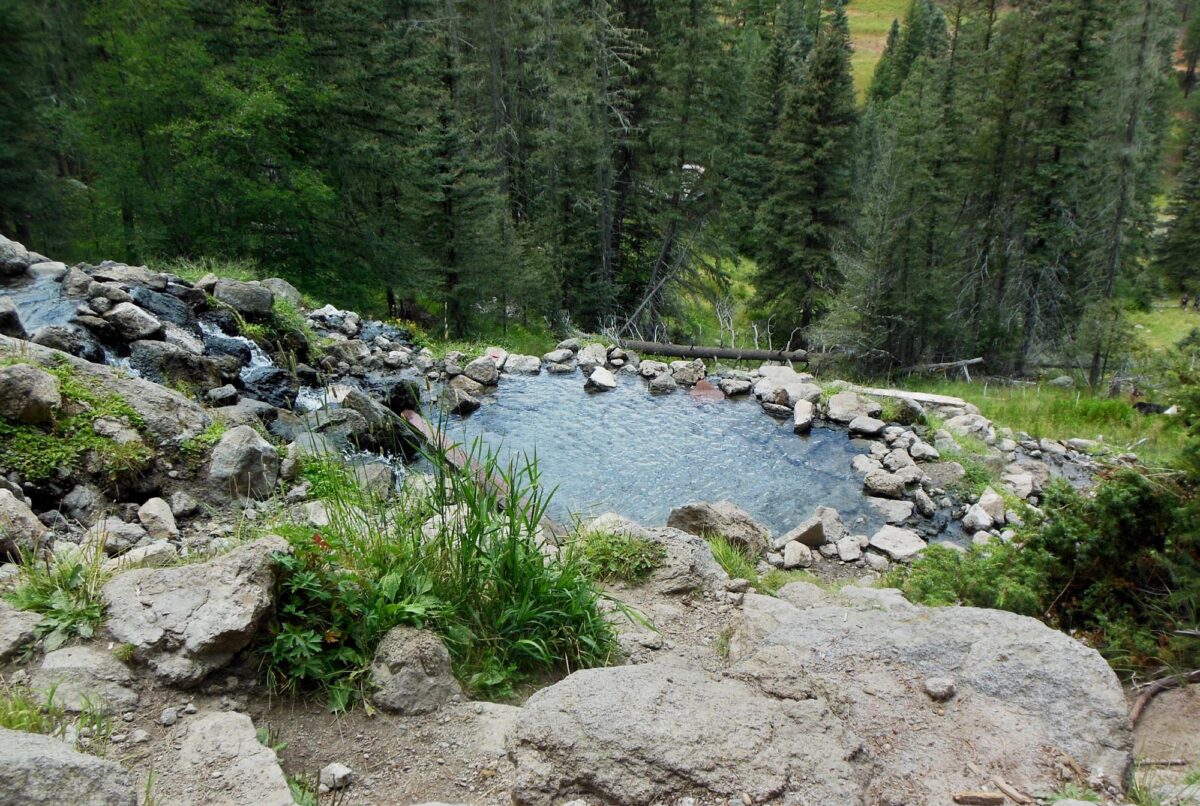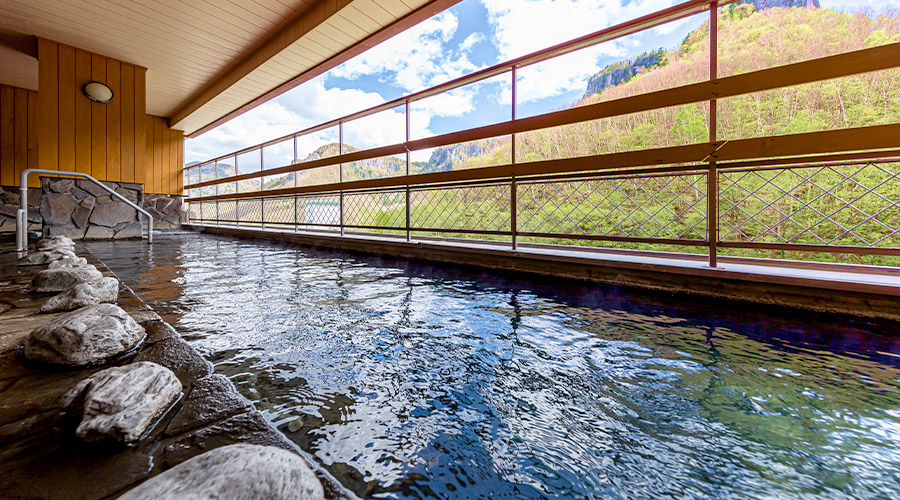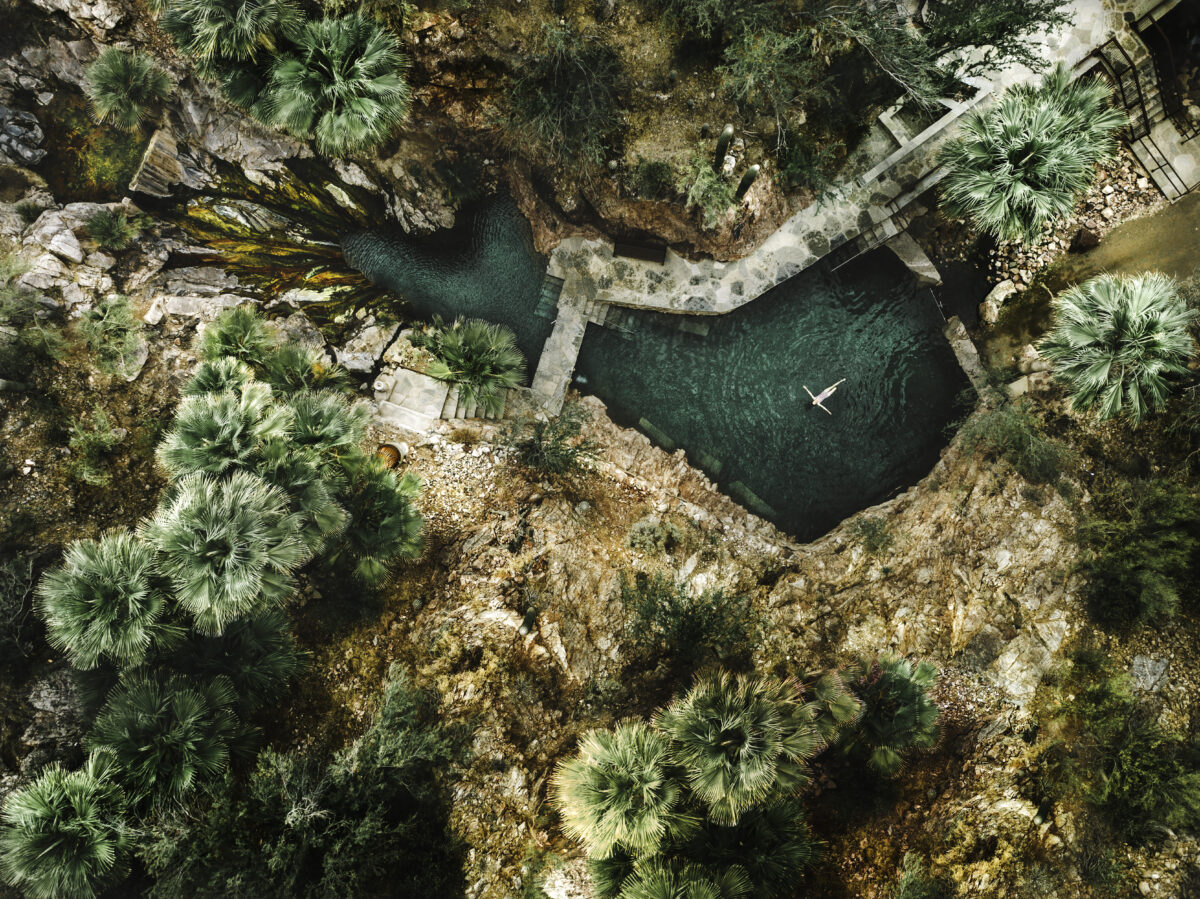A Yellowstone National Park tourist has captured footage showing a couple washing two dogs in thermal water, potentially endangering themselves and their pets.
A Yellowstone National Park tourist has captured footage showing a couple bathing two dogs in thermal water, potentially endangering themselves and their pets.
“I am sad to say this happened today at Firehole Lake Drive,” Karissa Krull wrote Tuesday on a Yellowstone-themed Facebook page. “They were washing their dogs in the thermal water!”
A video clip shows the woman carrying a dog to a stream, where the man is soaking his feet with another dog in the water as steam wafts in the breeze.
“It was a stream of runoff from Firehole Lake and it did have steam coming off of it,” Krull told FTW Outdoors. “It was not boiling but it was warm water.”
Firehole Lake Drive is a three-mile loop that features several hot springs and geysers, and its namesake lake. A boardwalk around the lake leads to other geysers and springs.
RELATED: Why are Yellowstone wolves biting grizzly bears’ butts?
Tourists cannot legally exit boardwalks in thermal areas. Pets are not allowed on boardwalks, hiking trails, or in thermal areas. In thermal areas, what appears to be solid ground could crumble into scalding water under the weight of people – hence, the need for boardwalks.
It’s not known whether the man and woman realized they were violating park regulations.

Yellowstone officials viewed Krull’s footage and park spokeswoman Linda Veress told FTW Outdoors that it’s unsure, at this point, whether they’ll try to identify and fine the couple.
However, in a statement, Veress offered the following safety guidelines that point to the couple’s many infractions:
Water in hot springs can cause severe or fatal burns, and scalding water underlies most of the thin, breakable crust around hot springs.
Do not touch thermal features or runoff.
Swimming or soaking in hot springs is prohibited. More than 20 people have died from burns suffered after they entered or fell into Yellowstone’s hot springs.
Pets are prohibited in thermal areas.
Protect pets by observing these regulations:
Pets may only accompany people in developed areas and must remain within 100 feet (30.5 meters) of roads, parking areas, and campgrounds.
Pets must be physically controlled at all times: they must be in a car, in a crate, or on a leash no more than six feet long.
Pets are not allowed on boardwalks, hiking trails, in the backcountry, or in thermal areas.
Stringent rules regarding pets are designed to protect them and the parks’s flora and fauna.
In July, a female black goldendoodle named Delta went missing in another Yellowstone thermal area and survived 16 days in the wilderness before being captured and reunited with her owners.
–Images courtesy of Karissa Krull
[listicle id=1089923]





